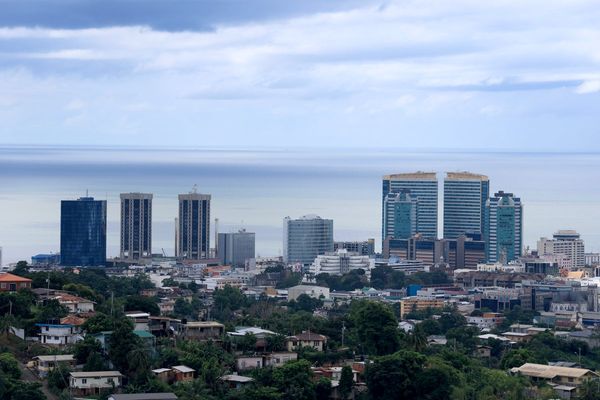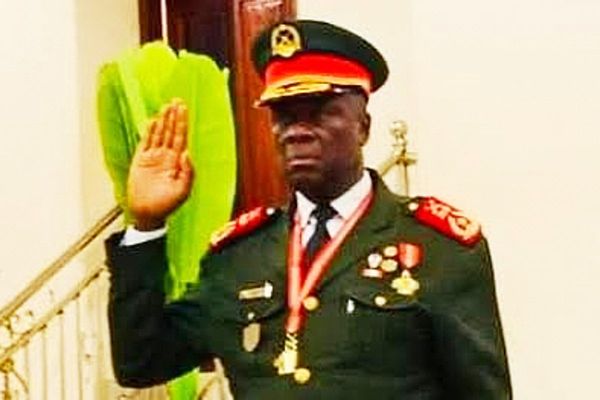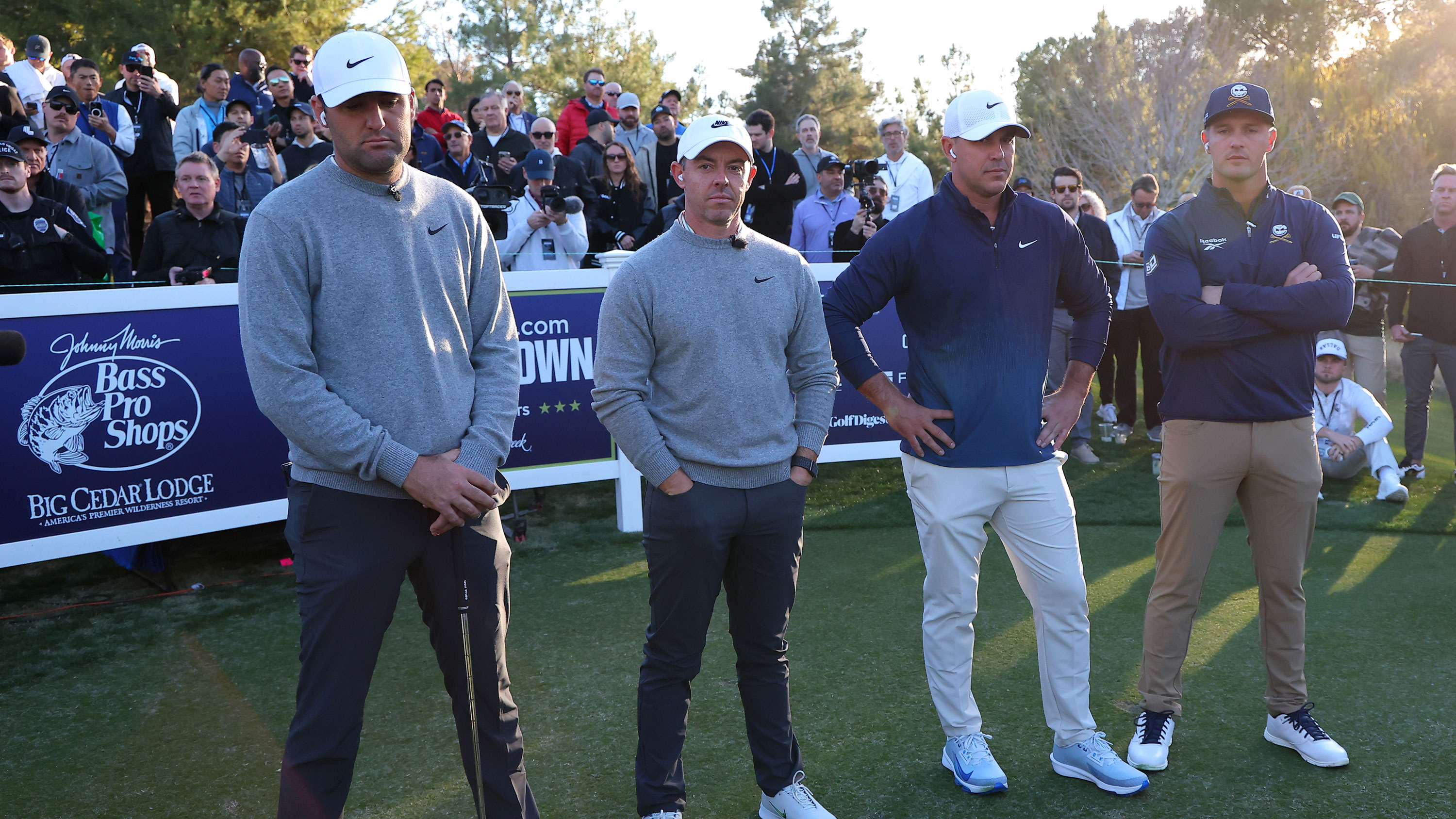
In June 2023, PGA Tour chief executive Jay Monahan (who will be replaced later this summer by Brian Rolapp) and PIF governor Yasir Al-Rumayyan stood in front of television cameras and announced a shock 'framework agreement' that pledged to unify men’s professional golf. Two years on, very little has changed.
At the time, the announcement came out of the blue and felt extremely rushed and vague, almost irresponsibly so. Given what’s happened since, those with that initial view have been vindicated and then some.
It’s hard to know whether the lack of progress is down to legal factors, the sheer complication involved in untangling various interconnected wires, obstinacy on the part of the PGA Tour/PIF, a refusal to compromise or a combination of all the above.
In the last two years, a lot has changed… but also nothing has changed.
The PGA Tour has introduced signature events, modified purses, become a for-profit organisation, received billions in funding from the SSG (Strategic Sports Group), launched a player equity programme, shuffled its board, elected new player directors, started working with influencers and more.
The bottom line, however, is that LIV Golf and the PGA Tour are still separate entities and world-class talent is divided across the two circuits. Most would argue professional golf is less compelling than it was before the arrival of LIV. Anecdotal evidence and data on television viewership would support such a viewpoint.
So, what next? In February, Tiger Woods seemed fairly confident a resolution was imminent and Donal Trump met with Al-Rumayyan on at least one occasion. But it’s all gone quiet since then and Rory McIlroy extinguished the optimism in March when he said a deal “doesn’t feel like it’s any closer.”
I haven’t been privy to any discussions and I’m not well versed on the legal ramifications of any deal, but let’s put that to one side for the time being. On a practical and logistical level, how could things come back together?
If I were in charge and assuming there were no legal issues, my blueprint would be as follows (assuming that LIV continues)...
My plan to fix men's professional golf
– Three-way collaboration and compromise on schedule:
Where possible, LIV events would sit separately to signature events and high-profile DP World Tour events. At least one signature event would take place in the same country as the previous week’s LIV event, minimising travel for LIV players and increasing international exposure.
The DPWT would be afforded a significant window in September and October with minimal high-profile competing events. PGA Tour players would be incentivised to play in these events on a points-based system – a certain number of points guarantees entry into the first two signature events of the following PGA Tour season.
– Major Champions since 2020 and the top ten players on the LIV money list would be eligible for half the signature events (four) and the Players Championship. But… they’d have to donate their first two pay cheques every season to charity and, for every signature event they compete in, they’d have to play in a non-signature event.
– Those ranked 10-30 on the LIV money list would be able to play in DPWT events, but they’d have to pay an agreed annual membership fee to be eligible. If they want access to world ranking points, a potential pathway into the Majors and the Ryder Cup and field spots at the expense of rank-and-file DPWT members, they can put their hands in their pockets.
All current fines and appeals would be dropped – they’re a farce anyway. The likes of Sergio Garcia and Bernd Wiesberger have paid their fines, but Jon Rahm and Tyrrell Hatton are able to play without punishment as they’re appealing them – even though these appeals are likely to eventually be swept under the carpet.
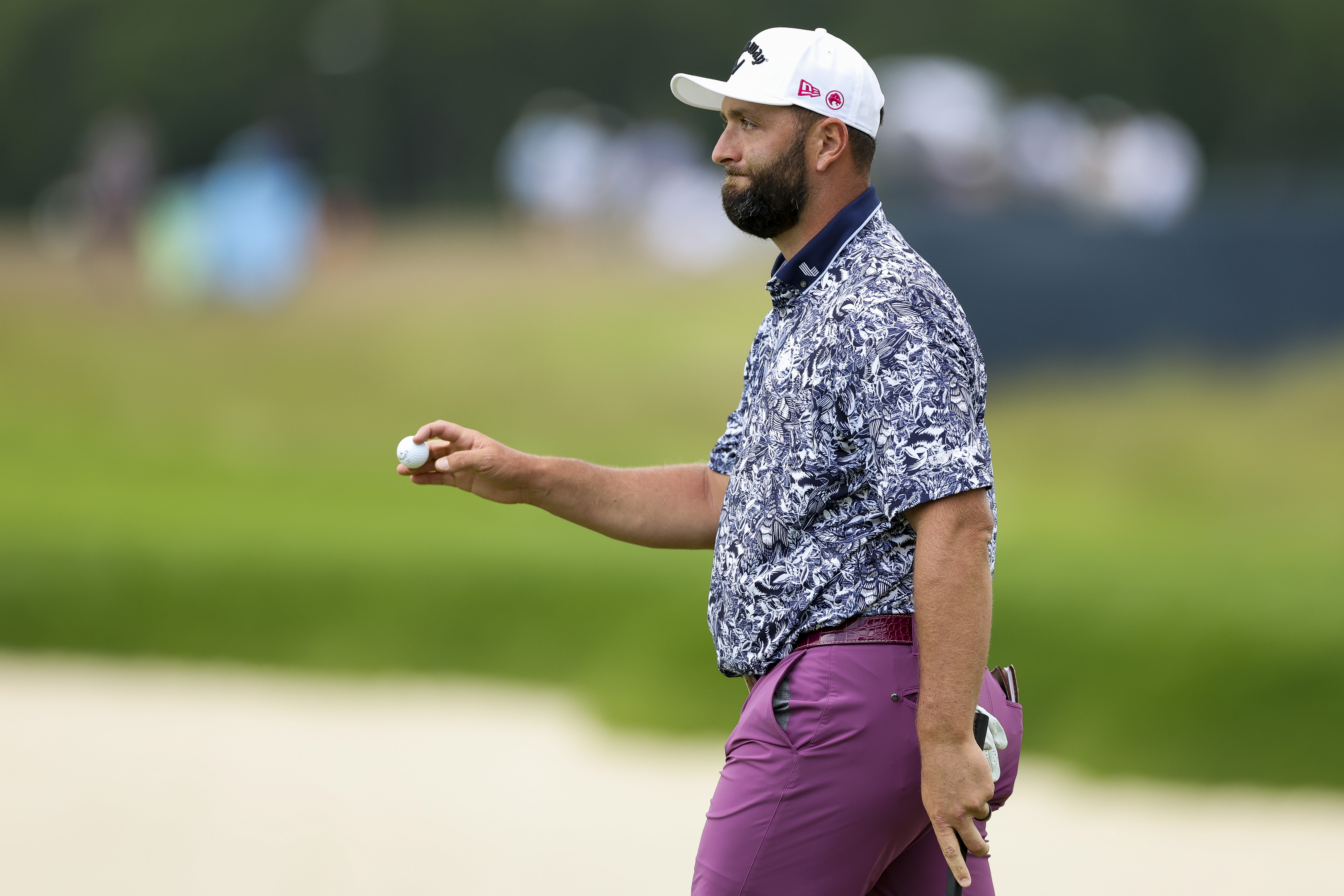
– Signature event fields would be expanded to accommodate LIV players and also the top ten players from the DPWT who aren’t otherwise exempt. The current signature event model needs to be modified – fields are too small and if the DPWT is taking on LIV players, its membership needs to be compensated.
– Those relegated from LIV or whose contracts expire are eligible for the final stage of DPWT Q-School or the second stage of PGA Tour Q-School
– There would be space for a PGA Tour team in every LIV event, with teams to be comprised of the top two players on the PGA Tour money list (if they desire – it keeps going down the list until two are found), the top player from the Swing 5 standings and the top player from DPWT money list (not otherwise eligible).
– The team and individual payouts to the PGA Tour side would be doubled. Half would go to the players and half to the PGA Tour. If the PGA Tour team were to win the season-long competition, LIV Golf would make a significant donation to a PGA Tour-selected charity.
– PIF would invest $100m a season in the PGA Tour and $75m a season in the DPWT
– LIV Players wouldn’t be eligible for equity on the PGA Tour
– LIV wouldn’t be allowed to pursue active PGA or DP World Tour players (but they could enter the season-ending LIV qualifying event if they so desire)
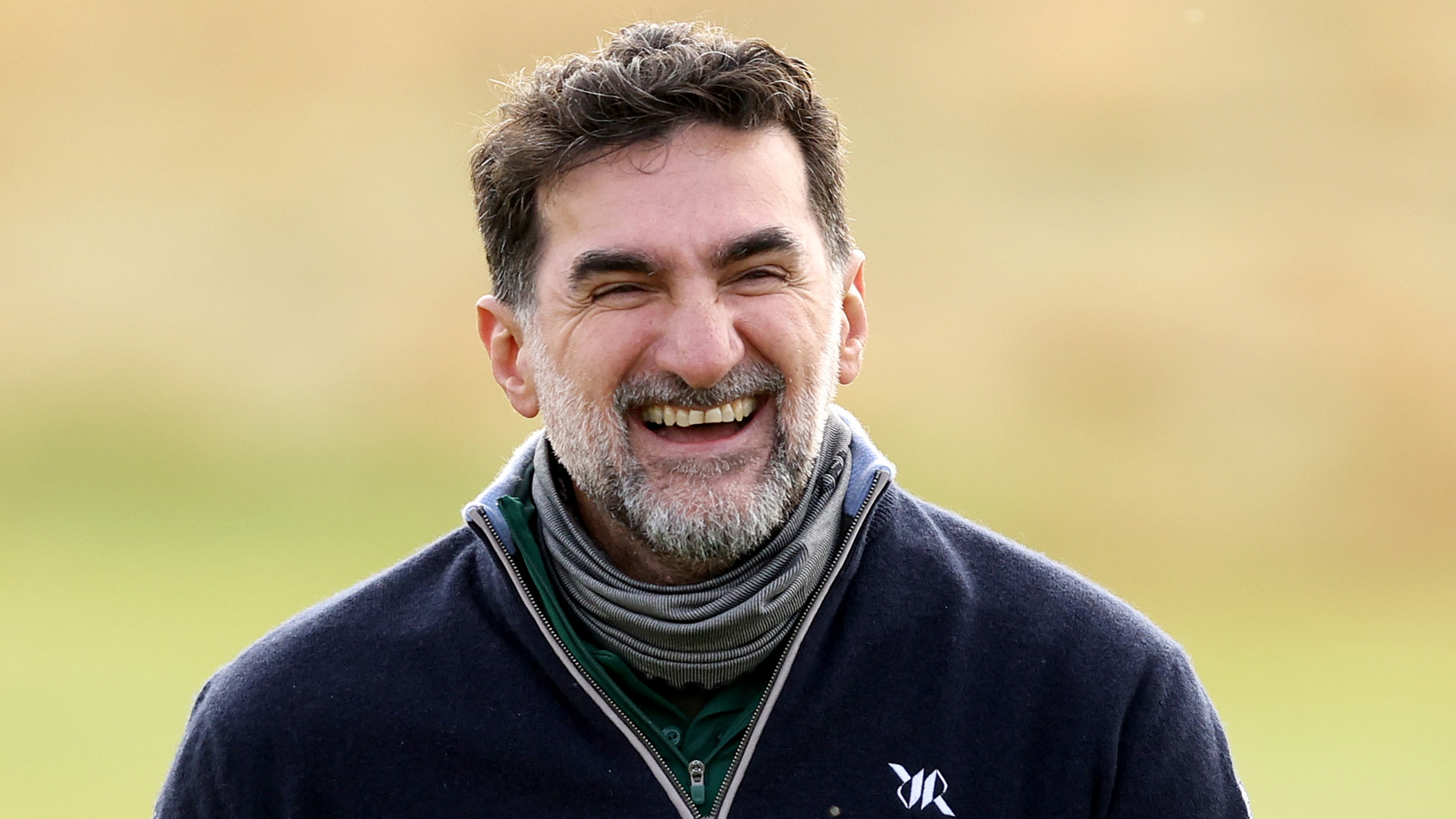
I know there are still complications and grey areas within these suggested action points, but I think what I’ve proposed works on a number of levels.
The PGA Tour would retain its best players, receive more investment, offer its members the chance to compete in lucrative LIV events and also benefit from popular, world-class LIV players taking part in some signature events.
LIV players would get PGA and DP World Tour opportunities and the circuit would benefit from the intrigue created by the formation of the PGA Tour team. Meanwhile, the DP World Tour would receive investment and benefit from famous names competing in its events.
But, most importantly of all, it would improve the situation for golf fans. Compromise is essential before more of them are lost forever.



